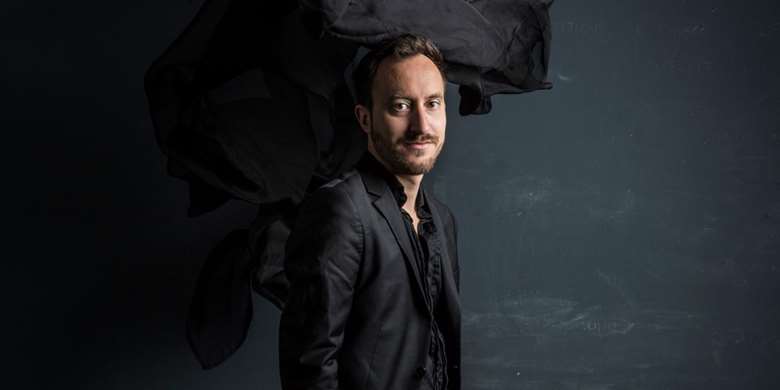Stradella, the Caravaggio of music
Damien Guillon
Monday, March 30, 2020
Damien Guillon explains the lure of Stradella’s oratorio San Giovanni Battista

Register now to continue reading
Thanks for exploring the Gramophone website. Sign up for a free account today to enjoy the following benefits:
- Free access to 3 subscriber-only articles per month
- Unlimited access to our news, podcasts and awards pages
- Free weekly email newsletter







